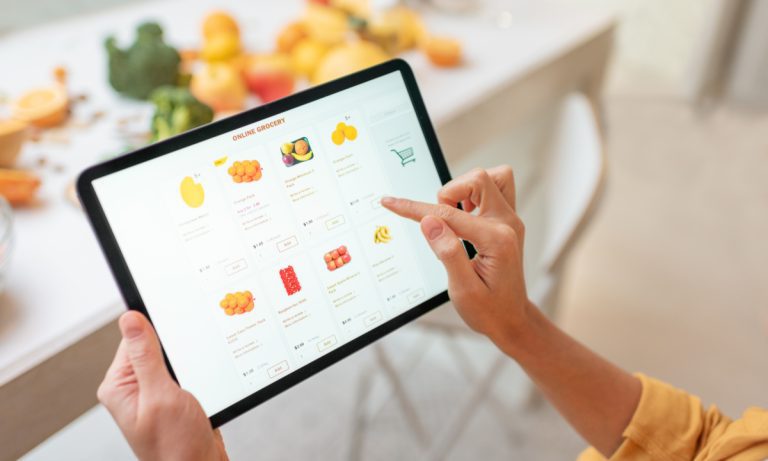Consumers Turn to Specialty eGrocers to Get Smarter With Splurges
BY PYMNTS | JUNE 23, 2023
|
As consumers manage their food budgets in response to inflation, many are turning to specialty and niche eGrocers to be selective about what they splurge on, according to Umamicart Co-founder and CEO Andrea Xu.
In an interview with PYMNTS, Xu explained how the eGrocer, which sells a curated selection of Asian foods and beverages, benefits from the overall trend in consumers’ grocery purchasing habits toward supplementing core shopping trips with thoughtfully chosen add-ons.
“People are becoming much more selective in where they spend their money,” Xu said. “So, you would notice with our customers that they have somewhere between two to four main grocers that they rotate. They have a main one for the bulk of what they buy — day-to-day items like eggs, milk, etc., where they know what the price point they’re looking for is — and then they have a couple other grocers that just round out their purchase.”
Xu noted that these other grocers are where consumers turn for foods from different cuisines, for specialty items like organic products or foods that fit into a particular diet, or items to make their meals more exciting.
Findings from Decoding Customer Affinity, a PYMNTS and Toshiba collaboration, which is based on responses from more than 2,000 U.S. consumers, revealed that more than half of all grocery customers shop with two or more merchants, across digital and physical channels, and a plurality shop with three or more.
Many of Umamicart’s customers are first-time online grocery shoppers, and while these newcomers may tend to make larger purchases, Xu noted, being accustomed to shopping for the whole week in brick-and-mortar stores, they also can be difficult to establish trust with.
“A very, very large number of households in the U.S. are still making their first online purchase for groceries ever,” Xu said. “We’ve learned to adapt our messaging, whether it’s email, customer service, responses to questions, as well as our end-to-end experience on the site and in delivery, making it as intuitive as possible.”
PYMNTS data revealed that, while online grocery may represent only a small portion of overall grocery purchases, that share is poised to grow significantly even in the next year.
Specifically, research from PYMNTS’ study “Tracking the Digital Payments Takeover: Catching the Coming eCommerce Wave,” created in collaboration with Amazon Web Services, revealed that 12% of grocery transactions are made via digital channels (half of those via computer and half via phone). However, 32% of shoppers said they are very or extremely likely to increase their online grocery purchases in the next 12 months.
Yet grocery’s digital growth so far has been slower than other industries. According to data from PYMNTS’ study “How the World Does Digital: Daily Digital Engagement Hits New Heights,” digital engagement overall grew 2.4% year over year in the first quarter of 2023. Meanwhile, digital engagement in grocery grew only 1.7%.
Looking ahead, Xu said she is optimistic about how artificial intelligence (AI) will help drive basket size, making targeted recommendations that will encourage regular customers to explore beyond their go-to items.
“Many times, when people shop online, you go into a grocery rut, where you just keep buying the same thing over and over, and you repeat your orders,” Xu said. “If AI can help us make it more exciting and be able to [add] that layer of personalization, it will definitely make online shopping a lot more fun for our customers, so we’re excited about that.”






























